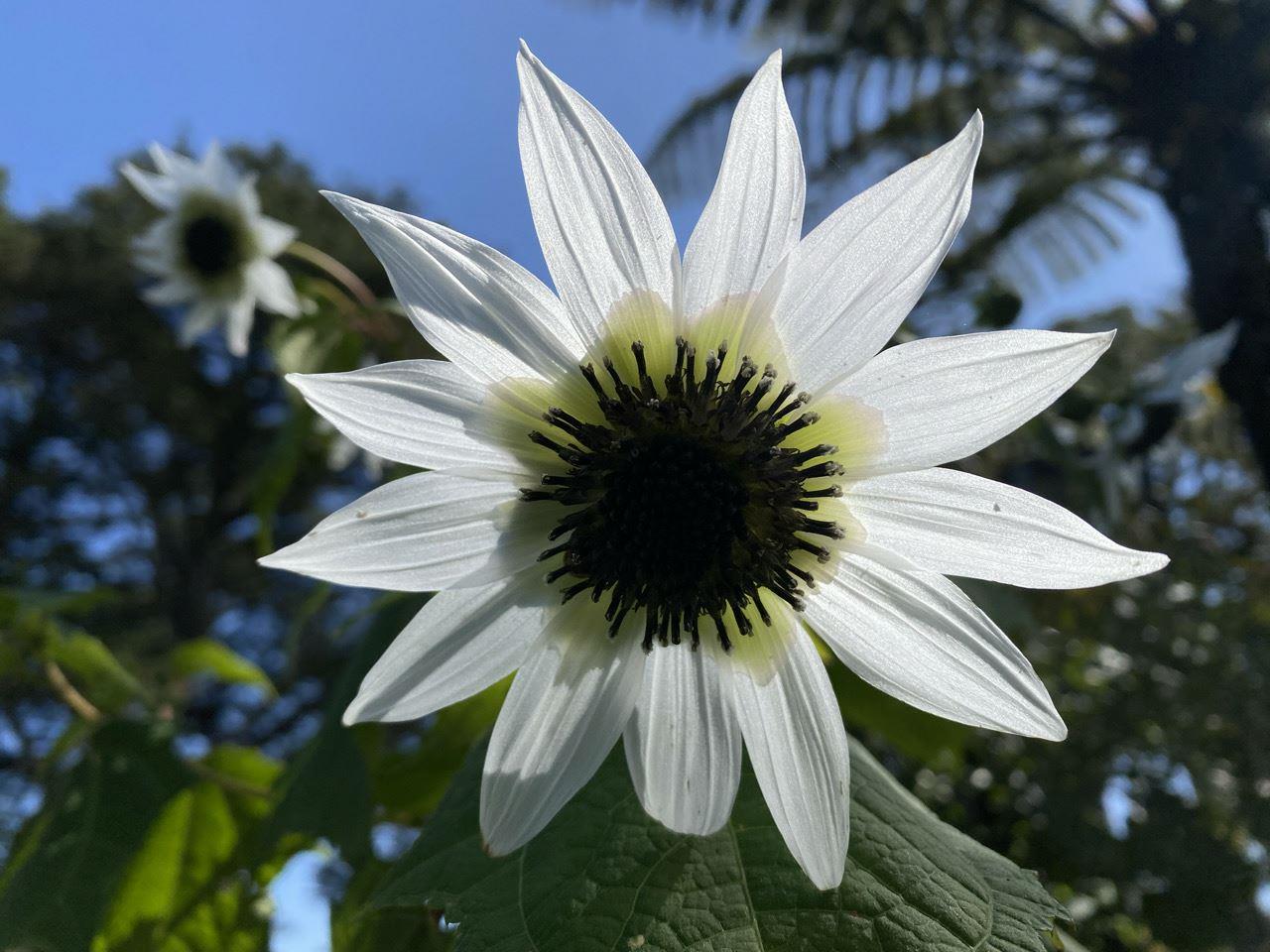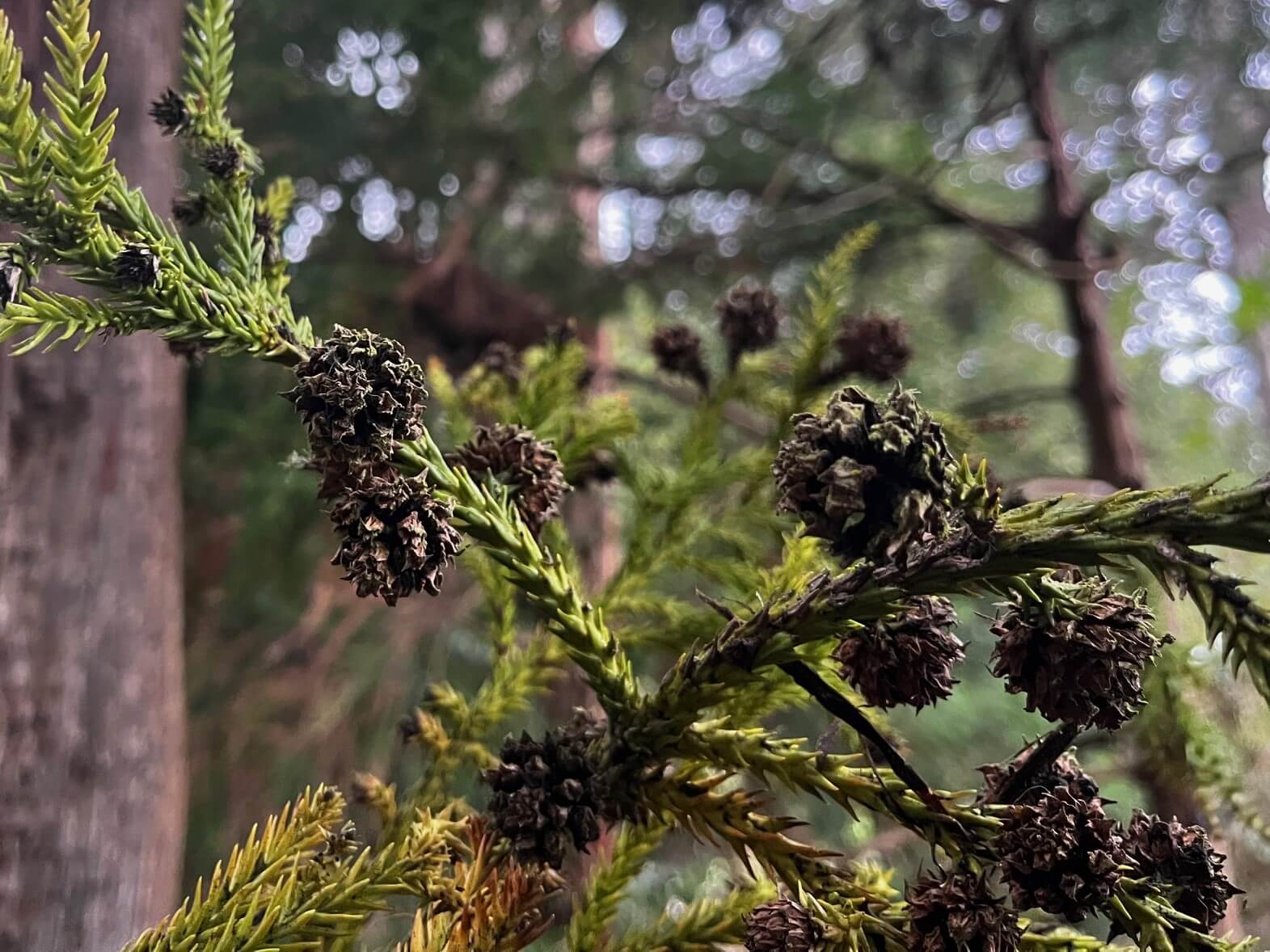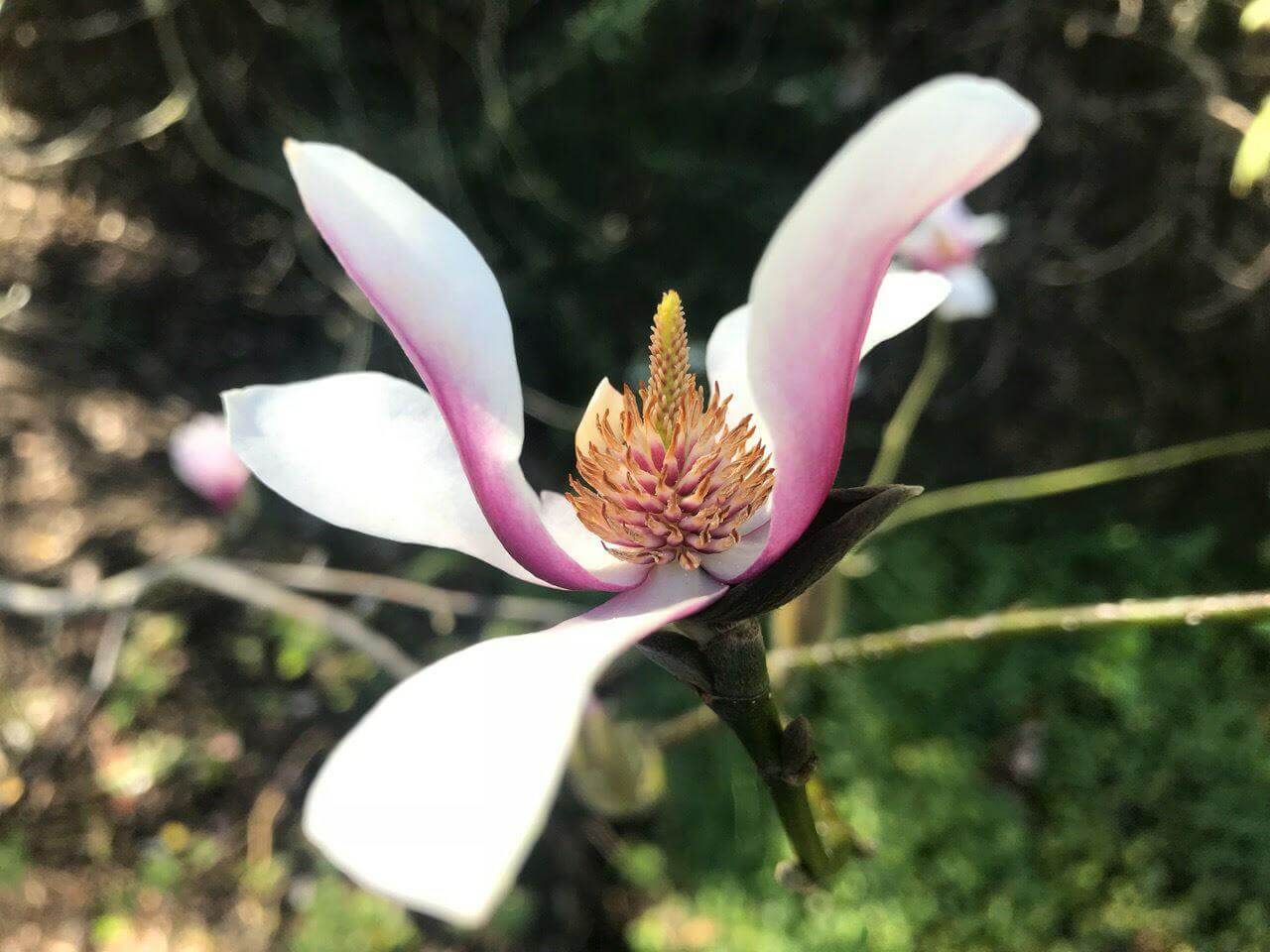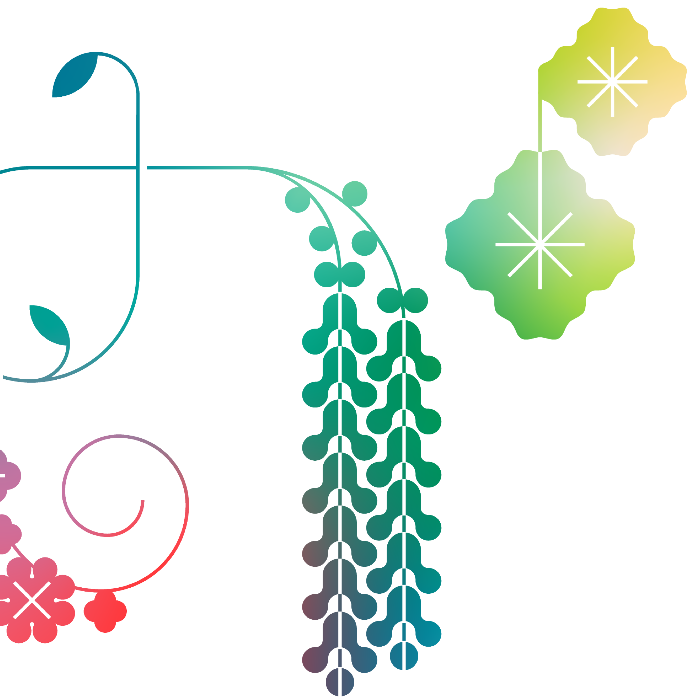
Curator’s Corner – Myrmecodia spp.
Ant-plants, native to the tropical forests of Southeast Asia and Australia, have a unique relationship with the six-legged insects that give this group their name.
Profile
Scientific name: Myrmecodia spp.
Family: Rubiaceae
Environment: Bright indirect light with moderate to high levels of humidity
Bloom: Small, compact white flowers
Plant type: Epiphyte
Uses: Ornamental
Location: Conservatory of Flowers — Potted Plants
Ant Plant (Myrmecodia spp.)



The Conservatory of Flowers is home to a number of distinctive ant-plants (Myrmecodia). Ant-plants, native to the tropical forests of Southeast Asia and Australia, have a unique relationship with the six-legged insects that give this group their name.
Most Myrmecodia species are epiphytic, meaning that they grow on other plants in a commensalistic relationship (the epiphyte benefits while the plant it grows on is left unaffected). And while these epiphytes have a commensalistic relationship with the trees they grow on, they have a mutualistic relationship with the ants that are found inside of them.
Myrmecodias possess a unique, enlarged caudex — or a thick, woody stem at the base of the plant— with hollow chambers that form when internal tissues die and recede during the plant’s growth. These chambers are the perfect safe haven for ants high in the tree canopy and can act as nurseries for their larvae and pupae. In addition, some species of Myrmecodia have nectaries in these chambers that provide a sugary-nectar only accessible to the ants within.
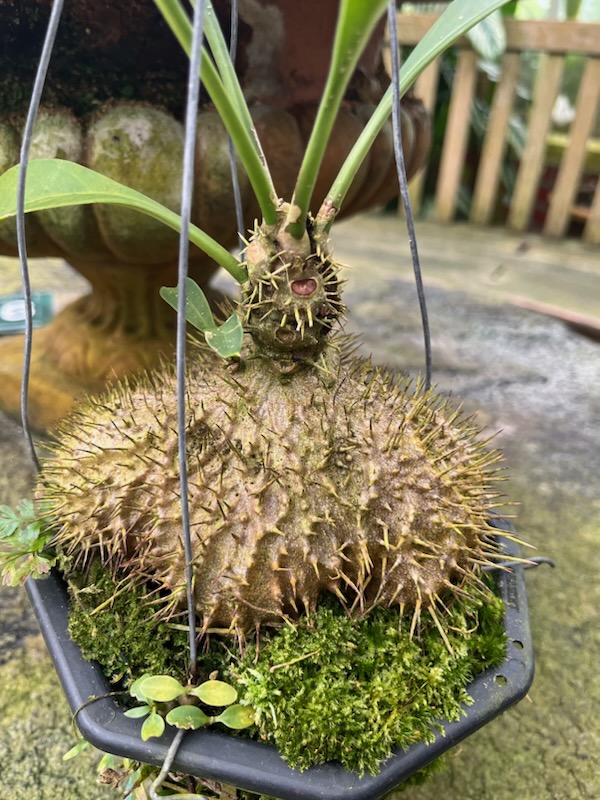
These chambers are the perfect safe haven for ants high in the tree canopy and can act as nurseries for their larvae and pupae.
In turn, the ants provide the plant with additional nutrients in the form of waste and food scraps. These nutrients are then absorbed by the plant through adventitious roots or through the wall linings. This relationship allows the plant to get nutrients from a much larger area than it would be able to through its roots alone. In addition to the beneficial nutrients, the ants will also protect the plant from tissue damage that could be caused by other insects. Myrmecodia is one of five genera in the Rubiaceae family that have this relationship with ants, the others being: Anthorrhiza, Hydnophytum, Myrmephytum, and Squamellaria. Some of these genera can also be seen at the Conservatory of Flowers.
The specimens of Myrmecodia growing in the Conservatory of Flowers do not have dedicated ant colonies living within them, though you might see a local ant or two on these unique plants. Though beneficial the extra nutrients the ants provide to their host plant are not necessary for the plant to survive.
Text by Ethan Rappeport, photos by Victoria Stewart
